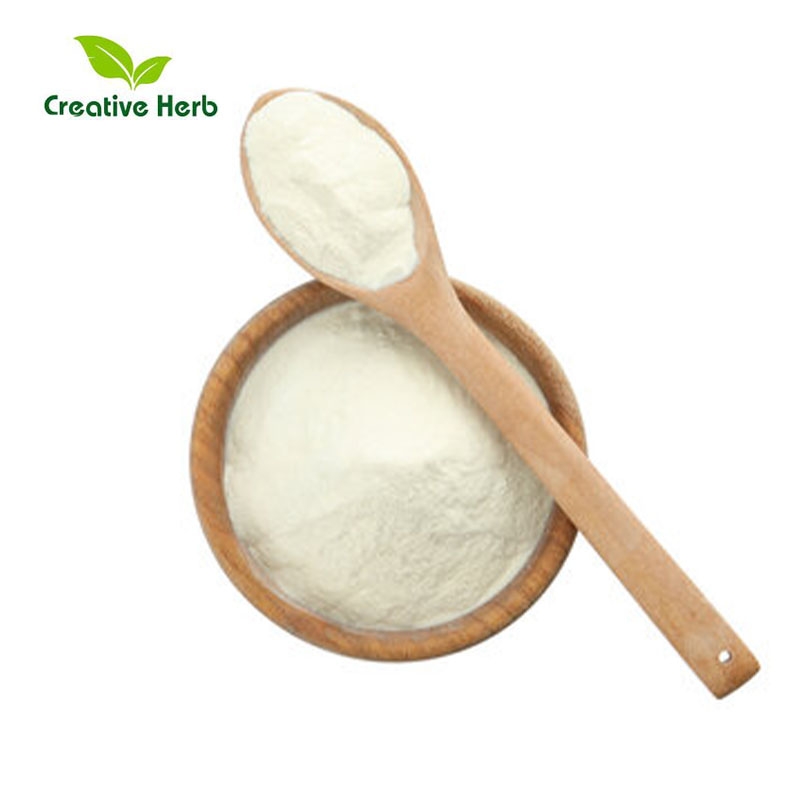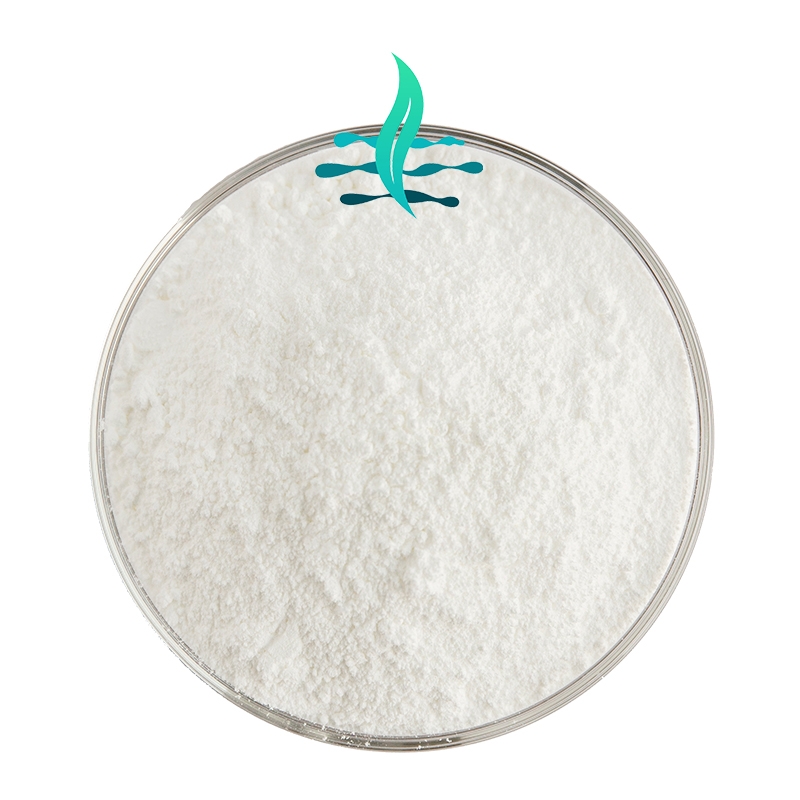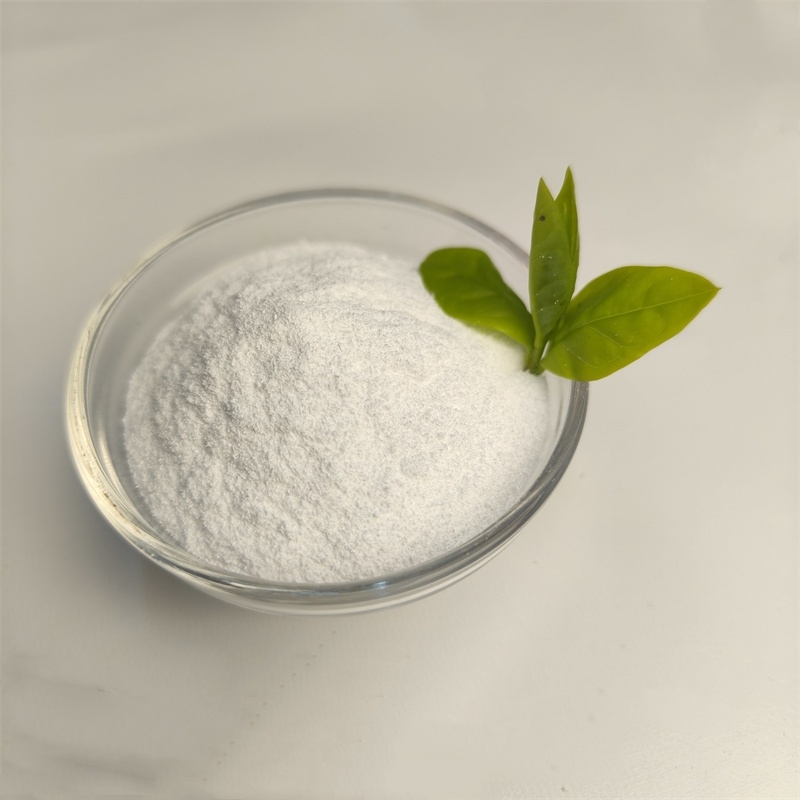-
Categories
-
Pharmaceutical Intermediates
-
Active Pharmaceutical Ingredients
-
Food Additives
- Industrial Coatings
- Agrochemicals
- Dyes and Pigments
- Surfactant
- Flavors and Fragrances
- Chemical Reagents
- Catalyst and Auxiliary
- Natural Products
- Inorganic Chemistry
-
Organic Chemistry
-
Biochemical Engineering
- Analytical Chemistry
-
Cosmetic Ingredient
- Water Treatment Chemical
-
Pharmaceutical Intermediates
Promotion
ECHEMI Mall
Wholesale
Weekly Price
Exhibition
News
-
Trade Service
If you choose between fermented cheese or a bowl of ice cream, many people may choose the latter. Cheese, on the other hand, may be a healthier option because it may help strengthen our digestive system by providing beneficial bacteria. But ice cream is more likely to make us more likely to choose, even if you know that ice cream will bring us a lot of flavor and heat.Adding probiotics to ice cream and frozen desserts eliminates our underlying sense of error and gives us good reason to enjoy the food. But for many manufacturers, adding these microbes requires some relevant know-how.Probiotics: Live Bacteria Are Good According to the Definition of the National Yogurt Association, probiotics are a group of active microorganisms that, when ingested in excess of sufficient amounts, can play a health function that exceeds the basic nutritional function. Senior food craft expert from
David Michael
Group Dairy Project Group explains:
"
probiotics must be in a viable state to achieve their nutritional value, so probiotics must be mixed after the product has been pasteurized. Interestingly, the product's freezing process does not kill these probiotics, and freezing simply keeps the probiotics dormant until they are
by
.since probiotics must be sterilized by the substrate before they can be added, probiotics avoid inactivation due to high temperatures, but no agreement has been reached on which step to add at a later date. Dr.
"
, senior applied scientist for frozen desserts from Deniske America, said: "We usually recommend adding probiotics to flavor jars, but don't add flavors at the same time, because high concentrations of flavors can damage the cell walls of probiotics;
"
cut in the manufacturing process and excessive exposure to oxygen can affect probiotic survival.According to
Ganeden
Biotech's vice president of business development, the most important part of formulation design is to determine the best process for probiotic addition to ensure that the largest number of probiotics added survives. He believes that because probiotics are quite fragile, it is necessary to control the temperature of the product, the range of
pH
, and changes in pressure and external environmental conditions. One of the problems in making frozen foods is the change from low to frozen temperatures, where multiple temperatures change from mixing to freezing temperatures, resulting in a significant reduction in the number of probiotics, and temperature changes such as these will lead to expensive probiotic use costs.
”Probiotics usually survive well in ice cream and frozen desserts, but product preservation is necessary. Any factors that affect the formation of ice cream ice crystals can affect the survival of probiotics, such as slow hardening and thermal oscillation cycles. For the same reason, the freezing process for resale products due to distribution needs must be carried out as quickly as possible to improve the survival of the bacteria.the
pH
condition is also important for frozen desserts, which may not be consistent with the recent popularity of frozen yogurt, but products with a
pH
value should be avoided as much as possible.because traditional probiotics are more vulnerable than spores, sometimes an additional step or a change in the manufacturing process is required to improve survival. But for spore probiotics, these need not be considered.the outer walls of spore probiotics are harder than conventional probiotics, the use of these probiotics can eliminate the associated limitations of the use of non-spore probiotics, thus making some difficult applications possible. For example, in frozen product applications, coagulation spores can remain large and stable in the final product at the end of the shelf. This is because coagulation spores can build hard structures within cells to protect the genetic material of probiotic cells from damage caused by extreme external temperatures, pressures and low
pH
values.Lactobacillus is the hardest probiotic in non-spores because lactic acid bacteria usually produce a protective layer calledextracellulose polysaccharide , however, these layers are not completely wrapped outside the bacteria, usually only partially wrapped.federal regulations do not specify which probiotics can be used in frozen desserts, or the viability of these bacteria in products, and even there are no standards for frozen yogurt. According to the National Yogurt Association, some of the products known as frozen yogurt are heat-treated yogurts, and the microbes in these products have all been killed, or probiotics are added after the product is fermented, which cannot be called probiotics if they do not survive, or if they fail to provide benefits to the human body during the digestive process.each probiotic has unique properties, and the amount of probiotics added to the product depends on the clinical study data for the bacteria. Experts explain that probiotics need to have clinical data to demonstrate that they have health functions, and that these health functions have the corresponding characteristics of the strain. Like some coagulation spores, this provides functional benefits to consumers when the number reaches
5
million to
20.
billion colonies (
CFU
) per serving.on the product label depends on the probiotic itself, which is often claimed to be the most common. To claim the structure and function of probiotics, you need to ensure that the number of probiotics on the shelf remains at a certain level, and manufacturers need to provide studies to support such claims. The actual amount of probiotics in each serving should come from research results, and probiotic suppliers should conduct such studies.for any product that contains a probiotic claim, it is the manufacturer's responsibility to test the minimum number of probiotics that survive at the end of the shelf.Optimize probiotic product formulations To be precise, no special stabilizer system is required when adding probiotics to ice cream or frozen yogurt formulations, and any stabilizer that gives the product high quality texture and stability is suitable for ice creams that add probiotics. this means that for frozen desserts rich in probiotics, the stability system is critical, and a good stabilizer reduces the size of the ice crystals and minimizes liquid production. However, if not selected properly, dehydration and contraction of ice cream can lead to the formation of large ice crystals, which, if controlled, will have a good creamy composition. For products that add probiotics, the greatest effect of the stabilization system is to improve the survival rate of probiotics in the product. When applied to a milk-based mixture fermented by probiotics, especially to give a thin-lipped, low-fat frozen dessert a mellow creamy feel, the probiotics need to be inoculated in a milk-based mixture proliferated by fermentation culture, the fermentation process will enhance the viscosity of the mixing system, so that the taste and texture of the final product can be improved. Flavor selection is also important, such as a frozen dessert that uses kefir as a probiotic, and the product flavor is best available with super fruits (such as poppies and dates) because the acidity in these super fruit flavors works well with the acidity in fermented milk. Also avoid using low-solid content substances such as fructose and glucose monosaccharides in such milk-based mixtures, as these low-molecular carbohydrates may compete with stabilizers in the system for moisture and interfere with the performance of stabilizers. can help promote probiotic survival by using malt paste, corn syrup, or polyglucose more often in product formulations. These high molecular weight carbohydrates increase the viscosity of the product, especially when mixed with a high protein-rich substitin, and more effectively if adhesive is used. polyglucose is effective for probiotics in formulations because it is a probiotic fiber that is only partially hydrolysed in the small intestine. Technically, it is a kind of oligosaccharide, in the intestines, it will be broken down into low molecular weight polyglucose polymer, can be used as a food source for probiotics. addition to oligosaccharides, milk protein and lactose associated with frozen yogurt, ice cream and many frozen desserts can also be used as substitutes for probiotic foods. The future Frozen yogurt, hard-packed ice cream and soft-packed ice cream are all worth trying to combine with probiotics, but as consumer awareness of probiotics increases, professionals believe consumers may still associate probiotics with yogurt.
believes that the combination of ice cream and frozen desserts with high-quality probiotics is an excellent application, and consumers are looking for more product options for probiotics, as well as a simple way to apply probiotics to their daily lives without adding new foods or changing their habits." Frozen desserts and ice creams add new options for consumers to probiotic applications that allow them to enjoy the delicacy without making fewer mistakes.
” Ice cream is often considered a healthy product, and by adding probiotics, it can become a memorable but relatively healthy product and be included in the category of products that contribute to good health.







